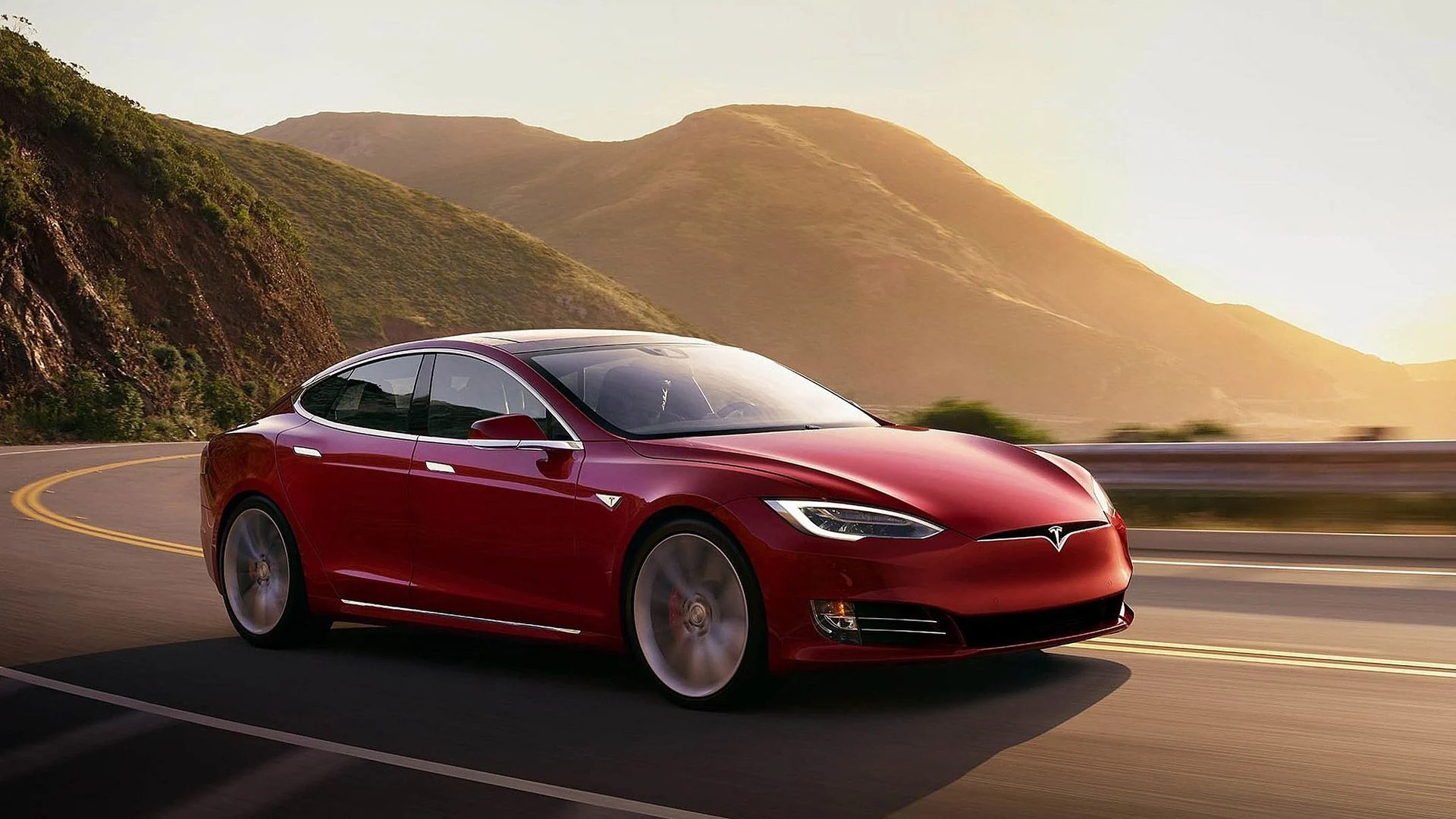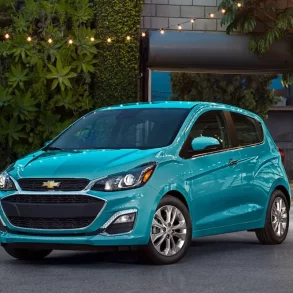Tesla Model S
Here you will find provisional Canadian, European and U.S. sales figures for the Tesla Model S. The Tesla Model S is a full-sized all-electric luxury sedan introduced by Tesla, Inc. It played a pivotal role in establishing Tesla’s reputation as a producer of high-performance and long-range electric vehicles. Since its introduction in 2012, the Model S has garnered significant attention and has been instrumental in pushing the broader auto industry toward electrification.
Tesla Model S Overview
The Tesla Model S was unveiled in 2009 and began deliveries in 2012. It followed the Tesla Roadster, which was the company’s first production vehicle. The Model S was a statement that electric cars could provide long range, high performance, and a host of technological features without compromising on luxury. The Model S introduced the large central touchscreen interface, which controls most of the car’s functions, setting a trend that many automakers have since adopted. Over-the-air (OTA) updates allow Tesla to remotely upgrade the software of the vehicle, introducing new features, improvements, and fixes.
The Model S has seen multiple updates since its introduction. While its core design has remained relatively consistent, Tesla has periodically refreshed the car’s interior, technology, and performance capabilities. Variants have included the P85D, P100D, and Plaid, among others, each indicating different battery capacities and performance levels.
Tesla Model S Sales Figures
The Model S has been well-received in many markets globally, especially in the United States, Europe, and China. Its introduction challenged the status quo and changed perceptions about electric vehicles, leading other automakers to accelerate their electric vehicle programs. The Model S, alongside other Tesla models, has played a significant role in increasing the adoption and acceptance of electric vehicles globally. It set new standards in terms of EV performance, range, and technology.
Tesla Model S U.S Sales Data & Charts
US Monthly Sales
US Annual Sales
| Year | Sales Units |
|---|
US Annual Growth
Tesla Model S Canada Sales Data & Charts
Canada Annual Sales
Year Sales Units
Canada Annual Growth
Tesla Model S Europe Sales Data & Charts
Europe Annual Sales
| Year | Sales Units |
|---|










Outstanding work! However, you are double counting in 2012.
2655 is a good number for the year, but the 350 would be included in that, and it's wrong as well. Actual number should be ~240-244, plus maybe 10-20 built in June.
Here is the shareholder letter for 2012. Look at the top of page 2 –
http://files.shareholder.com/downloads/ABEA-4CW8X0/2622950732x6836506x637040/4e3260f0-b711-47df-9c9e-16a8dda99a19/Q4%2712%20SHL%20022013%20final.pdf
For my part, my estimates are 2386 in Q4, 244 Q3 and 18 in June.
If your source for 2012 is RL Polk, it's conceivable that some of the discrepancy comes from Roadsters, though 355 seems like a high number even so.
Did some more math and made some adjustments. If 2650 were delivered in 2012, and 95 went to Canada (based on registration data), then 2555 were sold in the U.S. And if 2400 were sold in Q4, and 95 of those went to Canada, that leaves 2305 for the Q4 and 250 for the Q3. If, if, if.
Seems reasonable to me. All Canadian deliveries were in late December. I had no clue as to the precise number though because the number of Canadian VIN's I had in my dataset was statistically insignificant, and in fact even now its almost impossible for me to sort them out from the overall sales.